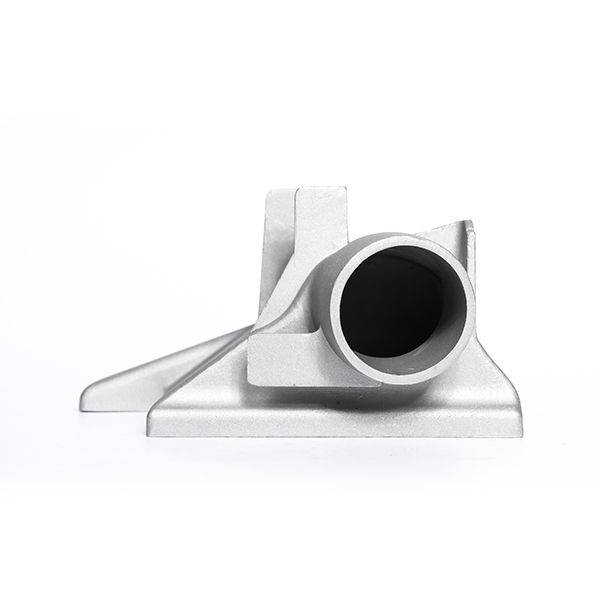Mobile:+86-311-808-126-83
Email:info@ydcastings.com
Low Melting Point Alloys Ideal for Efficient Casting Processes in Metalworking
Low Melting Point Metals for Casting
Casting is one of the oldest manufacturing processes, allowing for the creation of complex shapes and structures by pouring liquid metal into molds. The choice of metal is crucial, as it affects not only the ease of casting but also the mechanical properties of the final product. One significant factor in metal selection is the melting point. Low melting point metals offer a range of advantages, making them ideal candidates for various casting applications.
Metals with low melting points typically include lead, tin, bismuth, and various alloys such as pewter. These metals have melting points well below that of traditional casting metals like iron or steel, making them suitable for intricately designed components and for use in processes that require less energy or more delicate handling.
Advantages of Low Melting Point Metals in Casting
1. Energy Efficiency One of the most significant advantages of low melting point metals is the reduction in energy consumption during the melting and casting process. Traditional metals like iron or aluminum require significantly higher temperatures to achieve liquidity, leading to increased energy use and costs. In contrast, low melting point metals can be melted using simpler equipment, which is not only energy-efficient but also cost-effective.
2. Ease of Casting The fluidity of low melting point metals is generally higher than that of their high-temperature counterparts. This allows them to flow more readily into complex molds, capturing intricate details and reducing the likelihood of defects. Their low viscosity at melting temperature enables manufacturers to produce high-fidelity reproductions of patterns, resulting in better surface finishes and reducing the need for secondary machining processes.
3. Safety Considerations The handling of low melting point metals often presents fewer safety hazards than high melting point metals. For example, while molten iron can reach temperatures above 1500°C, the melting point of lead is around 327°C, presenting less risk in terms of burns or fire hazards. Nevertheless, it is essential to recognize that even low melting point metals can pose health risks, particularly lead and its compounds, which are toxic and require careful handling.
low melting point metals for casting

4. Alloying Possibilities Many low melting point metals can be easily alloyed with other elements, resulting in a wide range of properties. An excellent example is pewter, which typically consists of tin mixed with various other metals, such as copper, antimony, or bismuth. The ability to create customized alloys makes low melting point metals versatile for specific applications, including decorative items, jewelry, and hardware.
Common Applications
Low melting point metals find utility in a myriad of industries. In electronics, for example, they are often used in soldering applications where the melting point must be lower than that of the components being joined. Tin-lead solder, though decreasingly used due to health concerns surrounding lead, remains a staple in certain contexts. In modern applications, lead-free solders formulated from tin, silver, and copper have become prominent.
Additionally, these metals are frequently employed in making components for artistic and decorative applications, such as figurines and bespoke metalwork. The ease of casting allows artisans to produce elaborate designs that would be challenging to achieve with higher melting point metals.
Moreover, low melting point metals are used in the manufacture of fusible links and safety devices, where a low melting point is critical for their function. When a certain temperature threshold is reached, these devices melt to initiate a safety response, making them valuable in fire safety and mechanical systems.
Conclusion
The use of low melting point metals for casting represents a compelling choice for manufacturers seeking efficiency, safety, and quality in their products. With their numerous advantages, including energy efficiency, ease of casting, and versatility, these metals are integral to various sectors, from electronics to artistic applications. As technology and material sciences advance, the exploration and implementation of low melting point metals will likely continue to expand, paving the way for innovative casting solutions that balance performance with economic and environmental considerations.
-
Valve Body Acts as the “Heart” of Flow ControlNewsMay.19,2025
-
Understanding the Importance of ImpellersNewsMay.19,2025
-
Importance of Automobile Water PumpsNewsMay.19,2025
-
How an Engine Oil Pan Works to Keep Your Car LubricatedNewsMay.19,2025
-
Common Materials Used in Pump Impeller ManufacturingNewsMay.19,2025
-
Ball Valve Casting in Modern Pipeline SystemsNewsMay.19,2025











